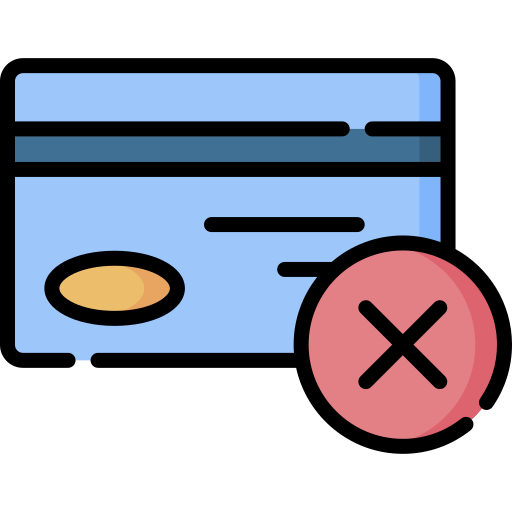
About Career Path
Every Company, big or small, in every industry needs a Project Manager. While some projects need only one person to manage resources and time, others will require an extensive team. The early career roles include Project Assistant, Project co-ordinator, and Project Management Support. Assistant Project Manager position is a fit for those who have industry experience and required certifications. He/she will be responsible for projects that are shorter and less complex. Larger organizations that implement complex, high-risk projects with a timeline in years have Senior Project Management roles. There are roles to move further on the career ladder, like Programme manager, Portfolio Manager, Head of projects and Director of Projects. Some roles may not be described as a Project Manager but have similar responsibilities, such as Implementation manager, Project leader, and Management Consultant.
Responsibilities
"A project manager is responsible for delivering the project on time within budget and scope.
Essential skills necessary to get the best out of the people and resources include leadership, communication, negotiation and subject matter expertise.
List of typical project management tasks:
- Manage budget;
- Create formal project communications;
- Create project plan;
- Control project scope, schedule and human resources;
- Manage project communication;
- Manage project quality;
- Manage project stakeholders;
- Manage project risks;
- Manage project documentation;
- Act as a project advocate.
Career Path's Courses
-
Agile Project Management with JIRA
JIRA for agile gives you complete understanding and hands-on experience on how one can utilize JIRA to implement effectively ...651 students enrolled -
JIRA for Software Testers: Bug Tracking Course
This course offers comprehensive training on using JIRA for software testing. Learn how to manage test cases, create and ...456 students enrolled -
Master Job Preparation Course
This course provides in-depth job preparation training, including resume building, interview strategies, and tips for phone ...No student enrolled

